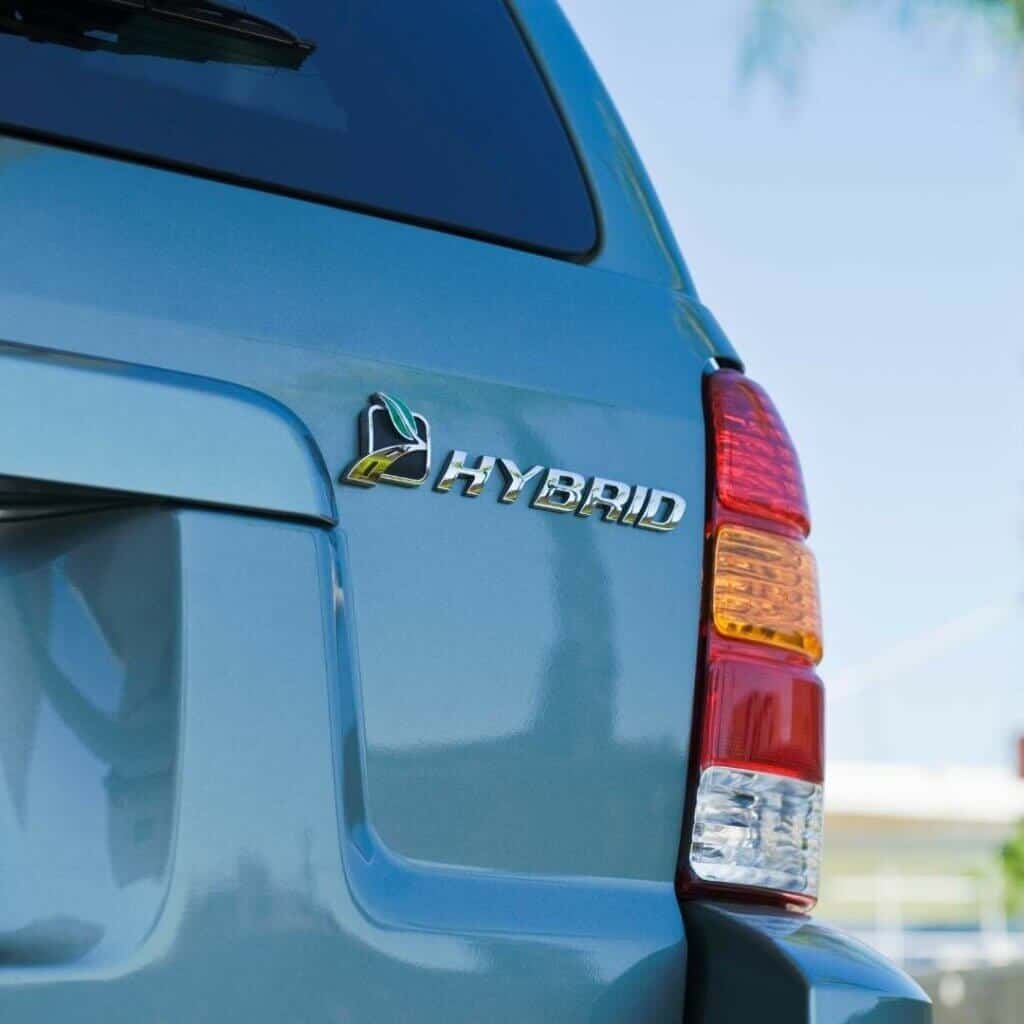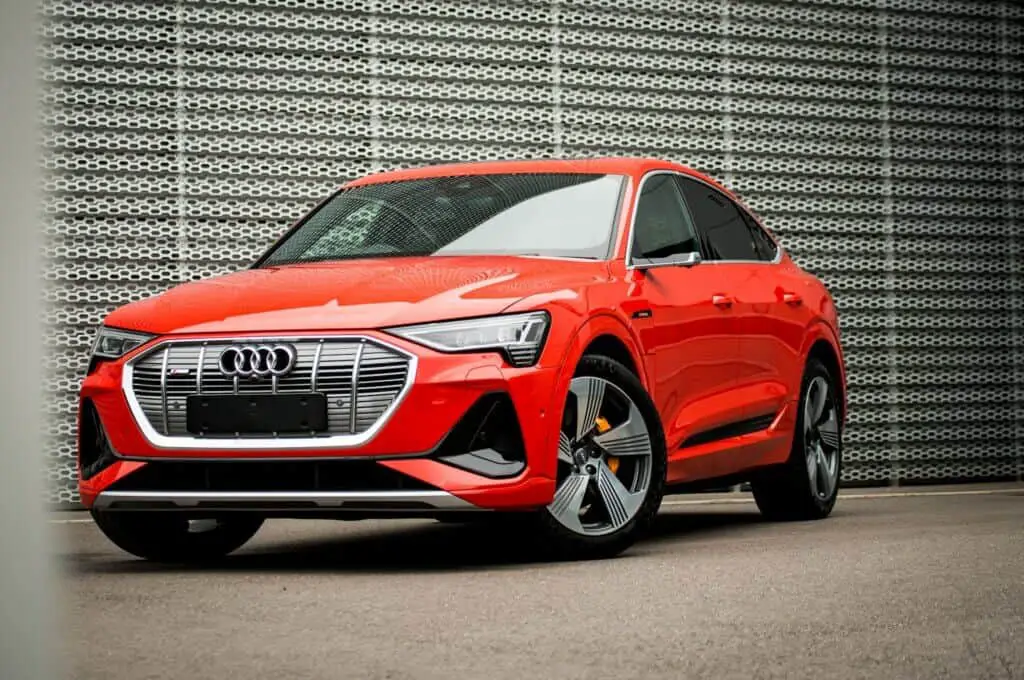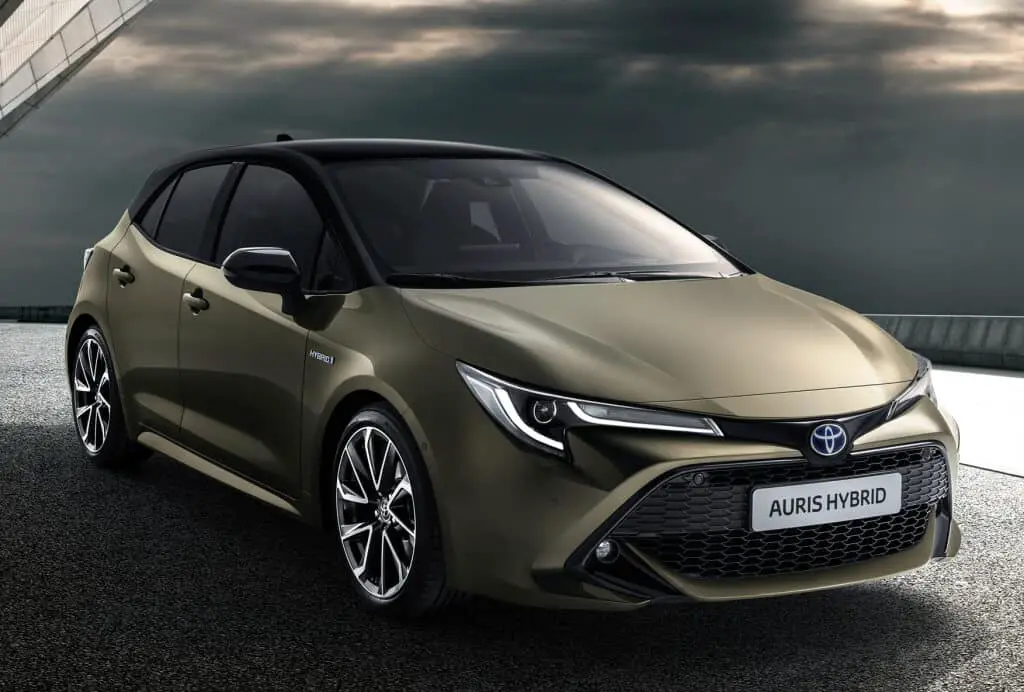Are you familiar with the Toyota Aqua Hybrid problems?
The Toyota Aqua is a hybrid gasoline hatchback manufactured and sold by the Japanese automaker Toyota Motors. The vehicle features cutting-edge onboard accessories and a remarkable 35.4 kilometers per liter of fuel efficiency.
In some nations, it is known as “Prius C.” The car is a subcompact hatchback manufactured in 2011 for one generation. It is also designated as the NHP10. It is a member of the Prius family that is built on the well-known Toyota B platform.
The Toyota Aqua is powered by a 1.5-liter 1NZ-1LM engine coupled with an electric motor that generates 73kW output power. This configuration allows the car to accelerate from 0 to 100 km/h in 10.7 seconds.
The Toyota Aqua only comes in two-wheel drive configurations and is paired with an electric continuously variable gearbox (CVT).
This all-electric car was introduced in three different packages: L, S, and G. Later, Toyota began to provide more trims, such as the X Urban, Black Soft Leather Selection Package, and GS, among others.
General Toyota Aqua Hybrid Issues
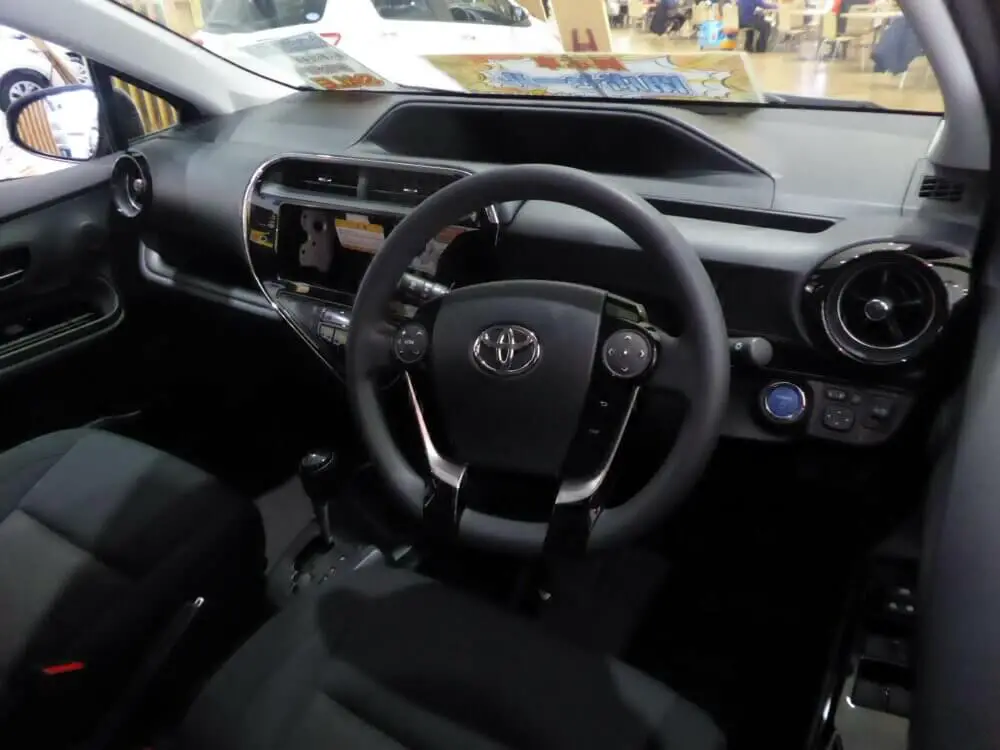
The Toyota Aqua Hybrid has since been associated with several user issues. First, the model has a safety problem: the side door impact test. The door panel hitting the torso during an impact could cause thoracic injuries to the rear passenger(s).
The Toyota Aqua Hybrid has undergone three significant recalls regarding its outdated hybrid drivetrain. The first, reported in 2014, involves heat-sensitive components in the inverter module malfunctioning, causing the hybrid to either limp home or stop entirely.
The inverter module is the subject of the final two recalls in 2018 and 2020, though the same scenarios are caused by excessive voltage.
Buyers should be aware of the following issues with the Toyota Aqua Hybrid before deciding to buy it. [1]
Most common Toyota Aqua Hybrid Issues
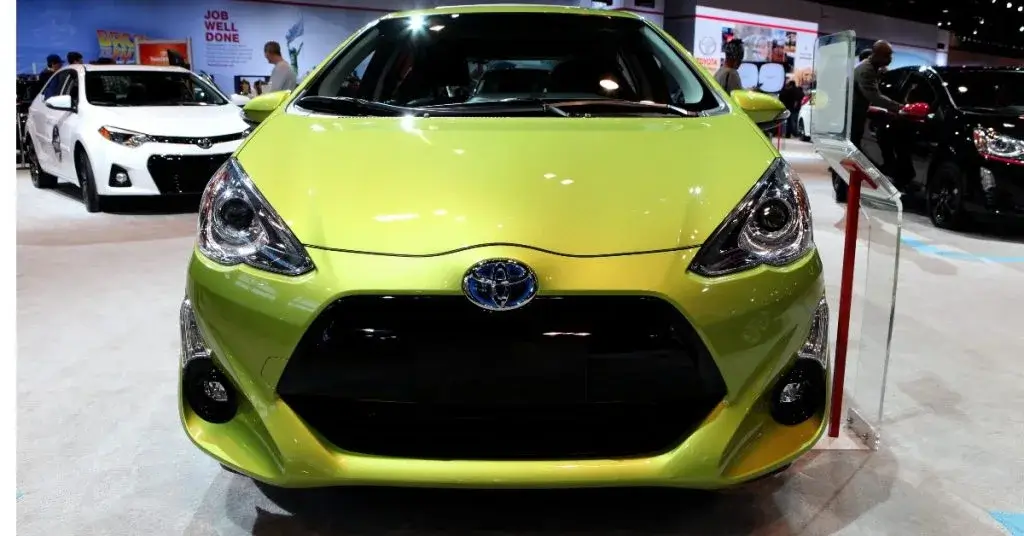
- Brakes Issues
The brakes on the Toyota Aqua Hybrid frequently respond quickly in slick conditions, which could cause skidding. The car has regenerative brakes, which are distinct from conventional mechanical brakes that cause brake grabbing. As a result, the brakes become more sensitive since they don’t dry as rapidly.
The brakes are grabbier than those for non-hybrid applications since they are employed for power regeneration. However, skidding is possible when a motorist applies the brakes in a slick environment.[2]
The brake issues became so intense that owners of particular Toyota vehicles filed a class-action lawsuit against the automaker. The case focused on a braking flaw that affected thousands of Toyota cars, including the Avalon, Camry, and Prius models [3].
Many Toyota Aqua Hybrid owners have noted that braking more gradually in the rain fixes the issue of grabby brakes. Your brakes will operate as intended if all braking parts are installed properly and maintained regularly.
Ensure to appropriately attach the relevant pads to the calipers and link them to their assemblies. Verify that the hoses and pipes are clear of obstructions and that the brakes are not contaminated.
Use only premium brake cleaner, lubricant, and fluid. Additionally, you must always install high-quality brake linings and pads.
- Air Conditioning System Failure
When turning on the air conditioner, Toyota Aqua Hybrid owners frequently experience a loud noise and hot air flowing from their vents. The most likely causes of vehicle air conditioning system failure are a compressor issue or a Freon leak.
The compressor is in charge of circulating cool air throughout the system. While these may be the easiest reasons to identify why your car’s air conditioning isn’t working, other potential causes include a dirty cabin filter or a worn belt.
The best solution to this problem is replacing the compressor. When the air conditioning is on, ensure the cooling fans on the condenser are operating.
Check for any obstructions that can prevent air from passing over the condenser, such as leaves, bugs, or dirt. Inspect the cabin air filter to avoid clogging [4].
- Windshield Issues
Many 2014 Prius C owners have noted a “prism” effect from night-time external light sources in their front windshield. The light source is duplicated twice when viewed via the windscreen.
A lawsuit claims that the Toyota Aqua Hybrid also has manufacturing, design, and engineering flaws that lead to unexpected windshield cracking while driving normally [5].
The structural integrity of windshields, which are supposed to contribute to the overall safety of cars, is crucial for preserving the cabin’s structure during collisions.
The identified problem with the Toyota Aqua Hybrid windshield, therefore, makes it a significant safety risk. Thus, if the Toyota Aqua Hybrid is involved in an accident, the windshield fault raises the chance of severe injury, especially if the windshield is already cracked or chipped.
The car windshield flaw also can compromise crucial safety functions. Functions like the Safety Sense package of the car’s sensors include a pre-collision system, automatic high lights, lane-changing alerts, and other capabilities that depend on the front cameras working properly.
Toyota dealers have tried to solve this problem by installing Rain X windshield wipers, which leave a water-repellent coating on the windshield when used.
- Malfunctioning Intelligent Power Module (IPM)
The IPM is a mechanism that controls power and mileage. It might malfunction if the ambient temperature rises too high. This causes the engine to stall or operate at a lower power level.
In addition, transistors in the IPM of the inverter module, which is a part of the hybrid system, are susceptible to damage from high operating temperatures.
If this happens, the instrument panel will display several warning lamps, and the vehicle’s power will be limited, causing it to travel only a short distance.
The car might go into a fail-safe or limp-home mode that restricts its driving ability. The hybrid system could also fail, stalling the car and raising the likelihood of a collision [7].
In response to the problem, Toyota dealers will need to either replace the IPM or update the software for both the motor and the hybrid electronic control units.
Additionally, the dealer will replace the inverter assembly with a new one at no cost if an owner encounters an inverter failure before the vehicle receives updated software.
- Ineffective Headlamp Housings
Because the low-beam headlights are constantly going out, many Toyota Aqua Hybrid owners have had to replace their headlight bulbs several times each year. The fact that the plastic reflector covering the front light housings can melt is often cited as the cause of this problem.
Additionally, long-term UV exposure causes the protective coatings on plastic headlights to oxidize and become hazy [8]. Any Toyota Aqua Hybrid or comparable vehicle with these headlamp housings can expect this problem.
The lens’s protective layer fails when this happens because the UV has gotten through it.
As a result of the oxidation, you will experience several issues with your car. First, your visibility drastically decreases when light transmittance decreases.
The oxidation that settles into the lens can be difficult to remove. The problem’s underlying cause will not be solved by simply polishing the headlamp.
To completely clean the lens of oxidation and return it to like-new condition, utilize the 3M cleaning kit. Similarly, Toyota updated the headlights housing, now available for owners to buy.
Related: Toyota Auris Hybrid Problems
- Airbag Issues
On Car Complaints, Toyota Aqua Hybrid owners have reported issues with the airbags [10]. The airbags reportedly failed to deploy during several accidents.
Toyota issued a safety recall for several Lexus NX and RX crossovers and the Prius hatchback. The Toyota Aqua Hybrid was one of around 49,000 automobiles in the US that were impacted.
According to Toyota, the airbag electronics in the cars had a flaw where, with time, an open circuit might form. This means that the side curtain and front airbags might not deploy in the case of a collision, and the airbag warning light may inadvertently come on.
Toyota offered to replace the airbags with new ones in the event of failure. So naturally, the consumers will not be charged for this work.
Related: Toyota CHR Hybrid Problems
Conclusion
The Toyota Aqua Hybrid remains an ideal car in the modern world. Nevertheless, car owners frequently deal with problems, including deteriorating batteries, subpar oxygen sensors, and defective catalytic converters.
The 2019 model was the Toyota Aqua Hybrid’s final year, and a few cars were recalled due to problems with the DC-DC converter. Therefore, choosing a later model year of the compact hybrid from a single generation might be advisable.
The NHTSA found no additional recalls or complaints, so Toyota’s renowned dependability has finally caught up with the Toyota Aqua Hybrid. As a result, the car remains one of the market’s most dependable subcompact automobiles.
Whatever hybrid vehicle you drive, you should be ready for routine maintenance. Like conventional vehicles, the Toyota Aqua Hybrid needs regular maintenance and repair to operate at its best.
Read Also: Plug In Hybrid Disadvantages

